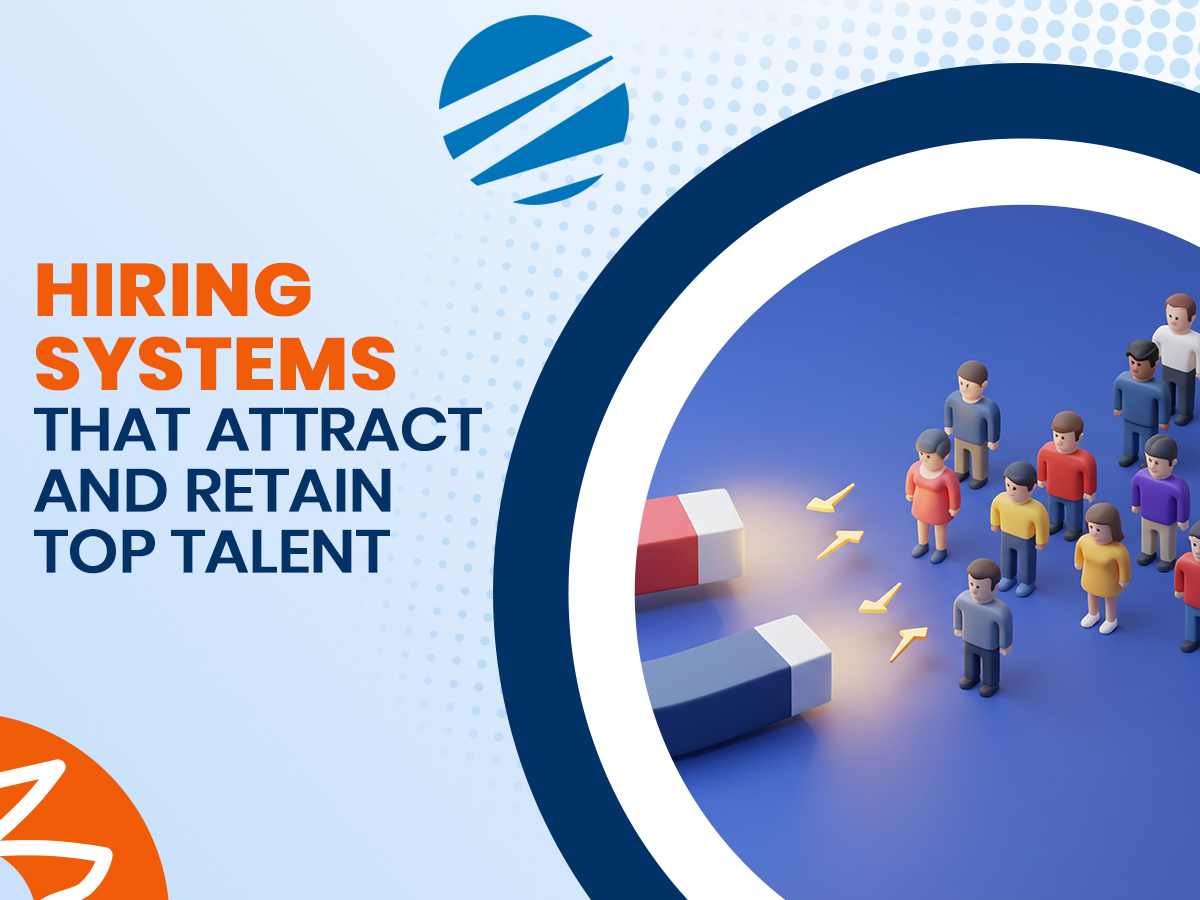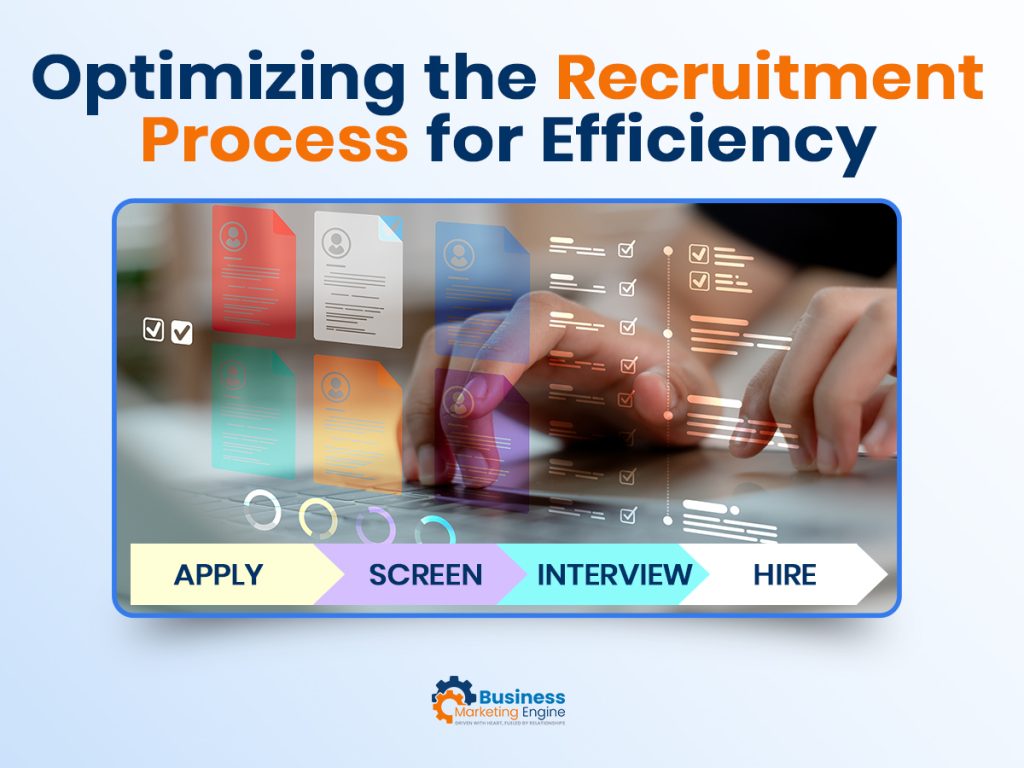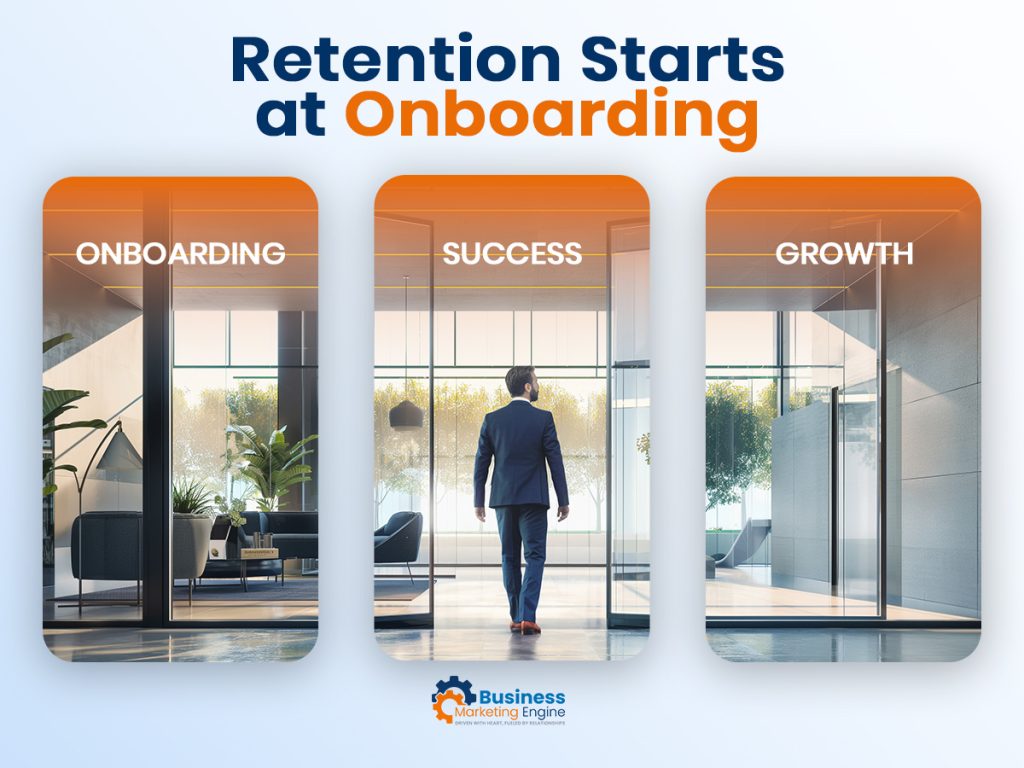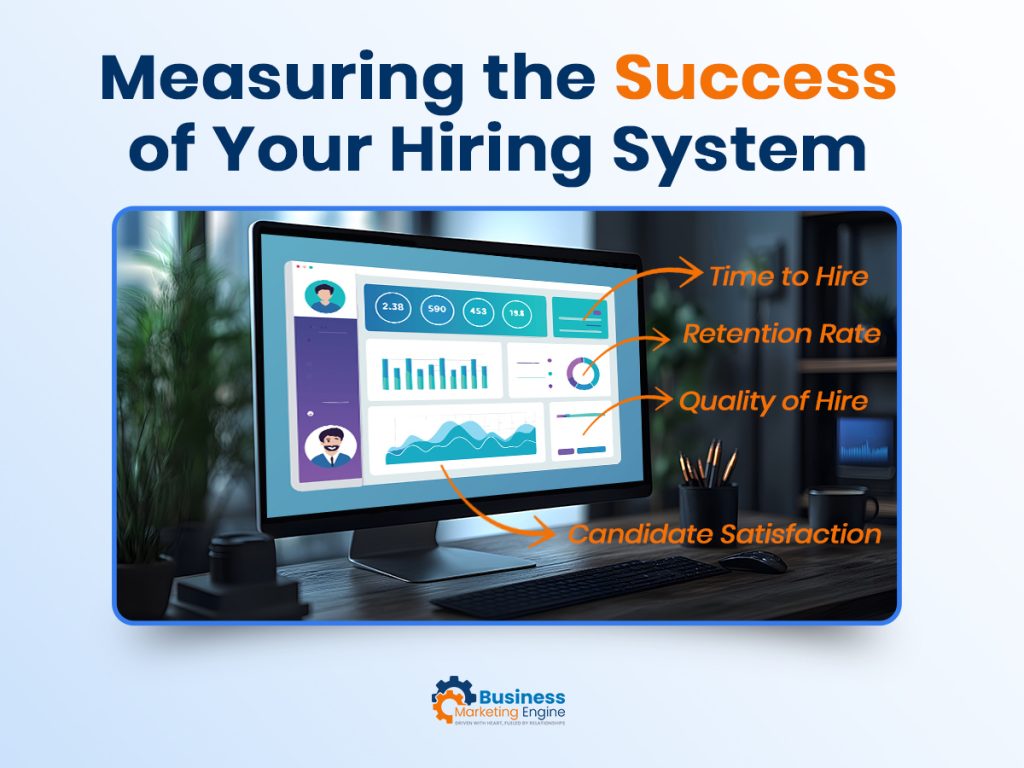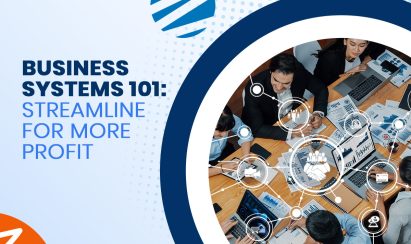Does it surprise you to learn that up to 80% of employee turnover is due to poor hiring decisions?
Many organizations struggle with inefficient hiring processes, leading to poor candidate experiences and high turnover rates. The solution lies in optimizing your hiring system. A streamlined and effective system can transform your recruitment process, reduce turnover, and improve employee retention.
In this blog, we’ll explore key strategies to help you build a hiring system that attracts and retains top talent.
The Importance of an Optimized Hiring System
Why Traditional Hiring Processes Fall Short
Traditional hiring process steps and recruitment strategies often fall short. This is due to common pitfalls like inconsistent screening, biased decision-making, and long hiring timelines. These inefficiencies can harm your company’s reputation and make talent acquisition more difficult.
When the hiring or onboarding process feels disorganized or unfair, candidates may walk away—and so will their impressive skill sets.
The Benefits of a Structured Hiring System
A well-structured hiring process optimization provides numerous benefits, starting with faster hiring cycles. With streamlined processes, you can quickly identify and hire the right candidates without unnecessary delays. Additionally, a structured system ensures higher-quality hires that align better with your company culture. It also strengthens your employer brand by providing a positive and consistent candidate experience.
Building a Hiring System That Attracts Top Talent
Defining the Ideal Candidate Profile
Start by aligning job descriptions with your business goals. Use data-driven insights to define the skills, experience, and cultural fit needed for success in the role. This ensures you’re targeting candidates who are both qualified and aligned with your company values.
Crafting Compelling Job Descriptions
Write clear, inclusive job postings that highlight the role’s responsibilities and growth opportunities. Showcase your company culture and unique benefits, such as flexibility or career development, to improve talent acquisition.
Enhancing Employer Branding
Strengthen your employer brand by showcasing your company’s values, mission, and culture. Use social proof—like employee testimonials and awards—to build trust and appeal to potential candidates.
Streamlining the Application Process
Make the application process user-friendly and mobile-optimized. Simplify forms and offer quick apply options to reduce friction and encourage more qualified candidates to apply.
Optimizing the Recruitment Process for Efficiency
Leveraging Technology for Smarter Hiring
Use Applicant Tracking Systems (ATS) to manage your candidate pipeline and keep the process organized. AI-driven screening tools can help you quickly shortlist top candidates by analyzing resumes and matching them to job requirements. This can efficiently streamline your recruitment strategies and process.
Standardizing Interviews and Assessments
Implement structured interview frameworks to ensure consistency across all candidates. Use skills assessments and work samples to evaluate real abilities, giving you a clearer picture of each candidate’s potential.
Reducing Time-to-Hire Without Sacrificing Quality
Cut down on hiring time by implementing pre-screening questionnaires that help identify qualified candidates early. Set clear timelines for each stage of the hiring process to ensure efficiency while maintaining high standards for quality.
Creating a Positive Candidate Experience
Effective Communication Throughout the Process
For a positive candidate experience, keep candidates informed at every stage of the hiring process. Providing timely feedback, even to rejected candidates, helps maintain a positive relationship and reinforces your employer brand.
Personalizing the Candidate Journey
Tailor communication based on the candidate’s role and background to make them feel valued. Engage with candidates through multiple channels—email, social media, and phone—to keep them connected and invested in the process.
Closing the Loop with a Strong Offer Process
Make competitive, transparent offers that reflect the value you place on the candidate. Use strategies for effective negotiation to ensure you seal the deal with top talent while maintaining a positive candidate experience.
Retention Starts at Onboarding
Designing a Seamless Onboarding Process
Prepare new hires before day one with welcome kits and pre-boarding activities. A structured onboarding program should blend culture, role-specific training, and tool usage to ensure employees feel supported from the start.
Setting Expectations and Clear Goals
Establish performance metrics and clear growth paths early on. Conduct regular check-ins and give consistent feedback during the first 90 days. This helps ensure new employees are aligned with company goals and feel valued in their role.
Fostering Early Engagement and Connection
Assign mentors or buddies to guide new hires and make them feel welcome. Encourage participation in team events and company activities to foster connection and help employees integrate into the company culture.
Strategies to Retain Top Talent Long-Term
Continuous Learning and Development
Offer career growth opportunities and upskilling programs to help employees advance. Investing in leadership development and succession planning ensures that top talent has a clear path for growth within your organization.
Recognition and Reward Systems
Implement peer recognition programs to celebrate accomplishments. Provide incentives and benefits that align with employee needs to motivate and retain high performers.
Cultivating a Positive Work Environment
Promote work-life balance and offer mental health support to ensure employee well-being. Foster a culture of transparency, inclusivity, and collaboration to keep employees engaged, satisfied, and committed to your company long-term.
Measuring the Success of Your Hiring System
Key Performance Indicators (KPIs) to Track
Track essential KPIs like time-to-hire, cost-per-hire, and quality-of-hire to gauge the efficiency and effectiveness of your hiring system. Additionally, measure candidate satisfaction and retention rates to assess how well your process aligns with long-term success.
Analyzing and Optimizing Hiring Strategies
Gather feedback from both candidates and hiring managers to identify areas for improvement. Use A/B testing on job descriptions, interview questions, and sourcing methods to continuously refine and optimize your hiring strategies.
Conclusion: Turning Great Hiring Practices into Long-Term Success
A well-optimized hiring system is key to attracting and retaining top talent, ultimately contributing to long-term business success. By streamlining your hiring processes and ensuring positive candidate experiences, you can build a workforce that drives your company forward.
Take a moment to assess your current hiring system and explore our tools and strategies for optimizing recruitment and retention. We’re here to support your business however you need!
